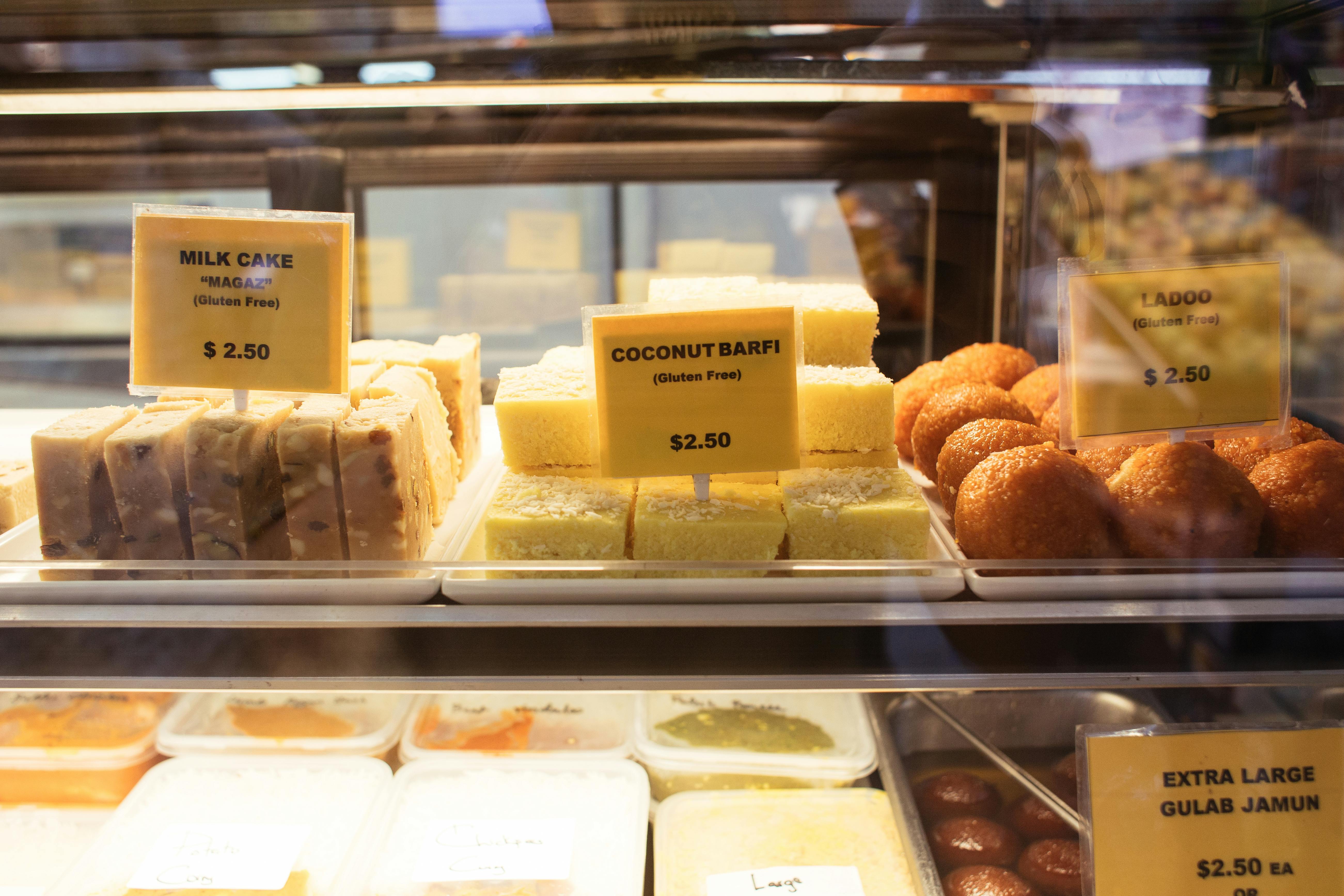Online radio is a live or pre-recorded MP3 file. The good side of online radio is that you are not limited to a geographic area or rely on syndication partners to pick your show for you to listen to.
For radio to be effective, three elements are involved:
• The source that is you. Add sounds as CD inputs, clips, or live voice.
• The server that mixes all the sounds and puts them together in a format that can be streamed at the click of a button.
• The listener. The listener connects to your server and can listen to everything you are streaming.
How to start and host an online radio station
To start the station you need the following:
• CD player
• Ripper software that copies audio tracks from a CD and to the computer’s hard drive
• Varied recording and editing software
• Audio mixer
• Microphones
• Digital audio card
• External audio equipment including compressor and equalizer
• Dedicated computer with encoder software
• Streaming media server
Once you have the right equipment and knowledge, you now need to host your radio channels on a third party streaming host.
To be safe, you should start with free trials or packages and then upgrade as your audience grows. The good side is that there are plenty of third-party streaming hosts you can use.
Some of the reputable ones are: live365, blog talk radio, shout cheap, streaming radio services, and many others. You just need to do your research and find the third party host that meets your ideals.
How to get audio over the internet
There are two ways you can deliver audio over the Internet: downloads or streaming media. In downloads, an audio file is stored on the user’s computer, while in streaming media, the information is not stored; it is only played.
Getting audio over the Internet is easy: the audio enters the broadcaster’s encoding computer through a sound card, then the encoding system translates the audio from the sound card into the broadcast format.
The encoder then samples the incoming audio and compresses the information so it can be sent over the Internet.
The compressed audio is sent to the server which usually has a high bandwidth Internet connection. The server sends the audio data stream to the plug-in on the listener’s computer or to the player software.
The plugin then translates the audio data stream from the server and converts it into the sound heard by the listener.




